How to Collect Car Repossession Deficiency
When you repossess a car, you have the right to sell it at auction or through a private sale. However, if the sale price does not cover the balance of your loan, then you can sue for the amount still owed to you. This is called the...
Part 1 of 4:
Providing Required Notice
-
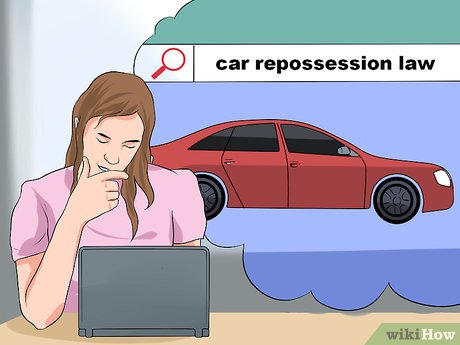 Read your state law. In order to collect on a deficiency, you need to follow your state's notice requirements. If you fail to follow the requirements, then you might not be able to sue for the deficiency.
Read your state law. In order to collect on a deficiency, you need to follow your state's notice requirements. If you fail to follow the requirements, then you might not be able to sue for the deficiency.- To find your state's law, you should go to your local law library, which should be at your courthouse. Ask the librarian to see your state's law on car repossession and deficiency judgments.
- You can also search the Internet. Many states put their statutes on the web. Type 'your state' and then 'car repossession law' into your favorite web browser.
- Look for websites with .gov in the address. This signals that it is an official state website. State websites should have the most accurate information.
-
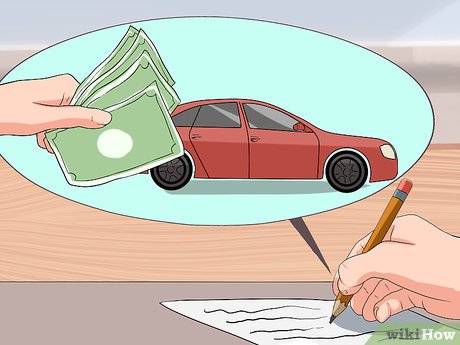 Draft the notice. Depending on your state law you will have to provide several written notices to the car owner. These notices typically include:[1]
Draft the notice. Depending on your state law you will have to provide several written notices to the car owner. These notices typically include:[1]- notice of your right to redeem the car by paying the full loan amount and when you can redeem it
- notice of your right to reinstate the loan (pay the back payments) and when you can do it
- the amount of the deficiency balance, which includes any fees and charges
- the date of the sale, if you are selling at a private sale
- the location, date, and time of the auction, if you are selling by auction
-
 Serve the notice. You also have to make sure that the borrower receives your notice. State law may require a certain form of delivery as well as deadlines for when notice must be given. Make sure to follow the law.
Serve the notice. You also have to make sure that the borrower receives your notice. State law may require a certain form of delivery as well as deadlines for when notice must be given. Make sure to follow the law.- In Connecticut, for example, you must give at least 10 days' written notice, which should be served personally or by registered or certified mail, return receipt requested.[2][3]
- Regardless of what your state law requires, you should always send a copy of the notice certified mail, return receipt requested. The return receipt is your proof that the borrower received your notice.
Part 2 of 4:
Selling the Car Properly
-
 Fulfill your obligations. You must also sell the car in a 'commercially reasonable manner.'[4] This standard is a little vague. Often, it means selling the car at a public auction. However, private sales can sometimes be commercially reasonable if you engage in fair and honest dealing. Make sure that you avoid doing the following, all of which are not 'commercially reasonable':[5]
Fulfill your obligations. You must also sell the car in a 'commercially reasonable manner.'[4] This standard is a little vague. Often, it means selling the car at a public auction. However, private sales can sometimes be commercially reasonable if you engage in fair and honest dealing. Make sure that you avoid doing the following, all of which are not 'commercially reasonable':[5]- Don't sell the car as junk without doing an appraisal
- Don't buy the vehicle back (after the sale) and then resell it for a higher price
- Don't sell the car in a private sale when most repossession sales in your area are conducted by public auction
- Don't refuse to advertise
- Don't sell to family, friends, or employees
-
 Advertise the sale. To sell the car properly, you should advertise.[6] Preferably, you should advertise in a large newspaper or in a trade publication that has a large readership.[7]
Advertise the sale. To sell the car properly, you should advertise.[6] Preferably, you should advertise in a large newspaper or in a trade publication that has a large readership.[7]- In your advertisement, you need to include a proper description of the vehicle. Include the year, make, model, mileage, and general condition of the car (fair, good, excellent).
- You can sue the defendant for the costs of the advertisements. Hold onto your receipts from the newspaper or publication.
-
 Avoid selling to friends or family. These sales are suspect. You should try to make an 'arm's length' sale to a stranger. If you sell to people you know, then the borrower could claim that you gave the purchaser a break on the price because of your relationship.
Avoid selling to friends or family. These sales are suspect. You should try to make an 'arm's length' sale to a stranger. If you sell to people you know, then the borrower could claim that you gave the purchaser a break on the price because of your relationship. -
 Look up the commercial resale value. You should try to get a price as close to the resale value as possible. Look up the car's value on Kelley Blue Book by visiting its website at www.kbb.com.
Look up the commercial resale value. You should try to get a price as close to the resale value as possible. Look up the car's value on Kelley Blue Book by visiting its website at www.kbb.com.- Once at the website, click on 'Check My Car's Value' on the left-hand column.
- Enter the year, make, model, and mileage of the vehicle. Then enter your zip code on the next screen.
- Select the car's style and provide information about the car's options.
- You will then be given two prices: if you were to trade in to a dealer or sell to a private party. Select 'Sell to a Private Party.' You will then be provided with a price depending on whether your car is in fair, good, very good, or excellent condition.
-
 Accept payment from the borrower, if offered. Should the borrower try to redeem the car or reinstate the loan, then you must accept payment.[8] You won't be able to sue to collect the deficiency if you refuse to sell to the borrower.
Accept payment from the borrower, if offered. Should the borrower try to redeem the car or reinstate the loan, then you must accept payment.[8] You won't be able to sue to collect the deficiency if you refuse to sell to the borrower. -
 Return personal property to the borrower. You cannot sell or keep the borrower's personal property. You should be sure to clear out the car before auction. Any personal property in the car when it is repossessed must be returned to the borrower.[9] Personal property does not include things done to improve the car, such as the installation of a luggage rack or stereo.
Return personal property to the borrower. You cannot sell or keep the borrower's personal property. You should be sure to clear out the car before auction. Any personal property in the car when it is repossessed must be returned to the borrower.[9] Personal property does not include things done to improve the car, such as the installation of a luggage rack or stereo.- Send a letter to the borrower stating where and when to pick up the personal property. You should safely store it so that it does not become damaged.
-
 Hire an experienced auctioneer. To sell in a commercially reasonable manner, you should use an experienced auctioneer who has worked in the auto resale market.[10] In many cities and states, there are companies that hold public auctions as their business.[11][12] To find them, type your city or state and 'auto auction' in a web browser.
Hire an experienced auctioneer. To sell in a commercially reasonable manner, you should use an experienced auctioneer who has worked in the auto resale market.[10] In many cities and states, there are companies that hold public auctions as their business.[11][12] To find them, type your city or state and 'auto auction' in a web browser.- Also make sure that the minimum bid is not too low. That suggests that you are not interested in maximizing the amount from the sale. A court might not think the sale is commercially reasonable if you set the minimum bid too low.
- You should also let potential bidders inspect the car.
-
 Document the sale. You will need proof of the sales price when you sue for the deficiency. Make sure to type up a sales contract and have the purchaser sign it. Make sure that you include the sale price in the contract.
Document the sale. You will need proof of the sales price when you sue for the deficiency. Make sure to type up a sales contract and have the purchaser sign it. Make sure that you include the sale price in the contract.- For tips on how to write a simple contract, see Write a Legal Contract.
- If you choose not to sell the car but keep it, then you can't sue for the deficiency.[13]
Part 3 of 4:
Suing for the Deficiency
-
 Get your paperwork in order. To successfully sue for the deficiency, you need to be the payee on the loan papers. You also must have been given a security interest in the car.[14]
Get your paperwork in order. To successfully sue for the deficiency, you need to be the payee on the loan papers. You also must have been given a security interest in the car.[14]- Take out your loan papers and review them. Look to see that you have been listed as the payee and that you were granted a security interest. You should be identified as the payee near the top of the loan document.
- Look for 'Security Interest' as a subject heading in the loan document. If you can't find that you were granted a security interest, then meet with a lawyer to review your documents.
- Also make sure that the loan documents give you a right to sue for the deficiency. If not, then you probably cannot sue.
-
 Calculate the loan balance. You can sue only for the deficiency. This is the amount of the loan minus the amount you recovered on the sale. You can also charge for certain costs and fees:[15]
Calculate the loan balance. You can sue only for the deficiency. This is the amount of the loan minus the amount you recovered on the sale. You can also charge for certain costs and fees:[15]- costs associated with repossessing, storing, and selling the vehicle
- attorneys' fees (if your state allows)
-
 Hire an attorney. An experienced attorney can help you bring the lawsuit. To find a lawyer, you can visit your state's bar association, which should give you a referral.
Hire an attorney. An experienced attorney can help you bring the lawsuit. To find a lawyer, you can visit your state's bar association, which should give you a referral.- Make sure that your lawyer has experience collecting deficiency judgments in court. Once you have the name of a referral, then you can call to schedule a consultation. When you call, check to see if the lawyer has experience in this area.
- For tips on how to find a competent attorney, see Find a Good Attorney.
-
 Send a deficiency letter. Your state might require that you send a letter to the borrower after the sale. You should include information about how much the car was sold for and how much in costs and fees you incurred repossessing, storing, and selling the vehicle.
Send a deficiency letter. Your state might require that you send a letter to the borrower after the sale. You should include information about how much the car was sold for and how much in costs and fees you incurred repossessing, storing, and selling the vehicle.- You also need to account for how the sale proceeds have been applied to the debt. Typically, you are allowed to apply the proceeds to your costs before applying proceeds to the balance of the loan.[16]
- For example, assume that the loan balance is $10,000. You incurred an additional $500 in costs. You then sold the car for $7,500. Under this scenario, you first apply the proceeds to the costs: this leaves you with $7,000 in remaining sale proceeds. Then you apply those proceeds to the loan balance. In total, the deficiency is $3,000 ($10,000 minus $7,000).
-
 Draft a complaint. You start a lawsuit by filing a complaint in court. The complaint states the factual circumstances of the lawsuit and states how much you are trying to recover from the borrower.
Draft a complaint. You start a lawsuit by filing a complaint in court. The complaint states the factual circumstances of the lawsuit and states how much you are trying to recover from the borrower.- Your lawyer can draft the complaint for you. If you choose to proceed without a lawyer, then you should get a form complaint from the court clerk. This is a printed, 'fill in the blank' form. Ask the court clerk if one is available.
- Attach a copy of any loan agreements to the complaint. In some states, you must attach a copy of any contract you are suing on.[17]
-
 File the complaint. You should file your lawsuit in the county where the borrower lives or where the contract was signed. Make several copies of your complaint and take them to the court clerk. Tell the clerk you want to file. The clerk should date stamp all of the copies.
File the complaint. You should file your lawsuit in the county where the borrower lives or where the contract was signed. Make several copies of your complaint and take them to the court clerk. Tell the clerk you want to file. The clerk should date stamp all of the copies.- You will probably have to pay a filing fee. This will vary, depending on the court. Ask the court clerk how much the filing fee will be when you stop in to pick up a form complaint. If you can't afford the filing fee, then ask for a fee waiver form and complete it.
-
 Serve notice on the borrower. You need to inform the borrower that you have sued for the deficiency. Accordingly, you need to serve a copy of the complaint and a summons on the defendant. The summons will tell the borrower when he or she must appear in court. You can get it from the clerk.[18]
Serve notice on the borrower. You need to inform the borrower that you have sued for the deficiency. Accordingly, you need to serve a copy of the complaint and a summons on the defendant. The summons will tell the borrower when he or she must appear in court. You can get it from the clerk.[18]- Proper service varies depending on the court. In some courts, you can have the clerk mail a copy of the complaint and summons to the borrower. In other courts, you can have someone 18 or older make personal service, provided that they are not a party to the lawsuit.
- You may also have the sheriff or a private process server make service for a fee. The fee could cost $45-75, depending on where you live.[19] To find a process server, check your phone book or search on the Internet.
- Ask the court clerk for what methods of service are acceptable and be sure to follow the rules. Your case can be thrown out of court if you do not make proper service.
Part 4 of 4:
Going to Trial
-
 Read the borrower's Answer. The borrower will respond to your complaint by filing an Answer. In the Answer, the borrower will admit, deny, or claim insufficient knowledge to admit or deny each allegation made. The defendant will also provide any additional facts which are missing from the complaint.
Read the borrower's Answer. The borrower will respond to your complaint by filing an Answer. In the Answer, the borrower will admit, deny, or claim insufficient knowledge to admit or deny each allegation made. The defendant will also provide any additional facts which are missing from the complaint.- The borrower will also raise affirmative defenses.[20] In practice, the borrower will probably allege that you didn't follow proper procedure. For example, the borrower might claim you didn't give proper notice that he had the right to redeem the car.
- Alternately, the borrower could claim that you did not sell the car in a commercially reasonable manner.
-
 Gather documents for trial. You will need to show the judge that you did follow correct procedures for repossessing and selling the car. Gather the following:
Gather documents for trial. You will need to show the judge that you did follow correct procedures for repossessing and selling the car. Gather the following:- the original loan contract
- any communications between you and the borrower
- receipts for all expenses incurred (repo, advertising, etc.)
- copies of the notice provided to the borrower
- a copy of your advertisements made
- the sale contract when you resold the car
- information about the auctioneer, including name and contact information
- a copy of the deficiency letter sent to the borrower
-
 Attend trial. If you are in small claims court, then the trial will be more informal than if you appeared in regular civil court.[21] In small claims, you should expect the judge to look at your documents and to ask you questions.
Attend trial. If you are in small claims court, then the trial will be more informal than if you appeared in regular civil court.[21] In small claims, you should expect the judge to look at your documents and to ask you questions.- Even if you appear in regular civil court, the trial should be fairly simple. The case will turn on whether the contract was validly executed and whether you provided proper notice and made a commercially reasonable sale.
- In regular civil court, you may have to select a jury and then make opening and closing statements to the judge. If you appear in regular civil court, you should have an attorney represent you.
- If you are representing yourself, then see Be Your Own Lawyer in Court.
-
 Appeal if necessary. If you lose at trial, you have the option of appealing. Ask the court clerk for the Notice of Appeal form and fill it out. Then file it with the clerk. You have only so much time to appeal, but you should not delay.
Appeal if necessary. If you lose at trial, you have the option of appealing. Ask the court clerk for the Notice of Appeal form and fill it out. Then file it with the clerk. You have only so much time to appeal, but you should not delay.- If you brought the case in small claims court, you might not have the right to appeal if you lose. You should consider this before choosing to proceed in small claims court.
-
 Collect the judgment. You also might win the lawsuit. However, now you need to collect money from the defendant. There are many different methods that you can use to collect a judgment. For information on how to collect judgments, see Collect a Judgment.
Collect the judgment. You also might win the lawsuit. However, now you need to collect money from the defendant. There are many different methods that you can use to collect a judgment. For information on how to collect judgments, see Collect a Judgment.
5 ★ | 1 Vote
You should read it
- How to Write a Letter Pleading Not Guilty
- How to Fight a Jaywalking Ticket
- The project 'Every One Child Laptop' is copyrighted
- How to Transfer Property After the Death of a Parent
- Apple will have to pay millions of dollars for employees to stay after work to check their personal belongings
- How to File Contempt Charges Without a Lawyer
- Hacking court computer systems to spread malicious emails, hackers jailed for 145 months
- What is the difference between open source software and closed source software?
- What is open source software?
- Can open source technology make money?
- 10 best open source web browsers
- Microsoft publicly released MS-DOS source code on GitHub
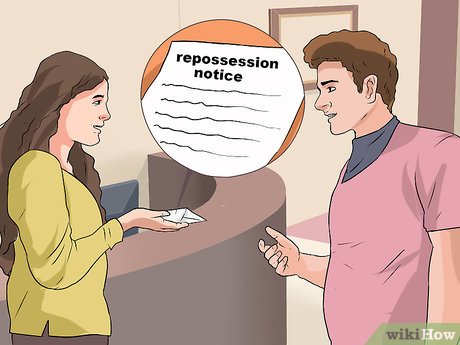


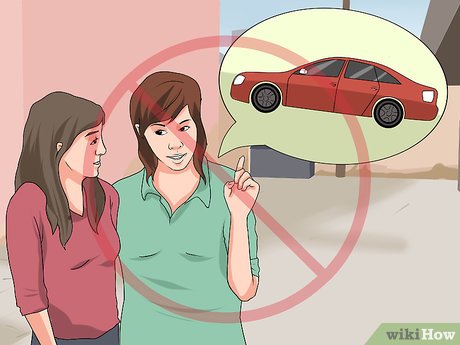
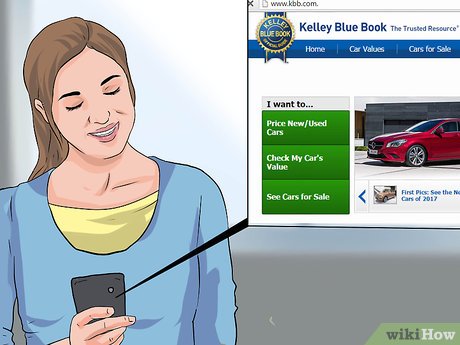



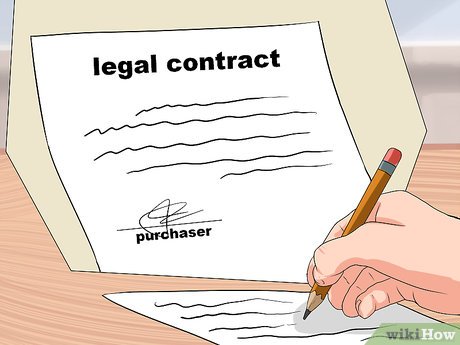

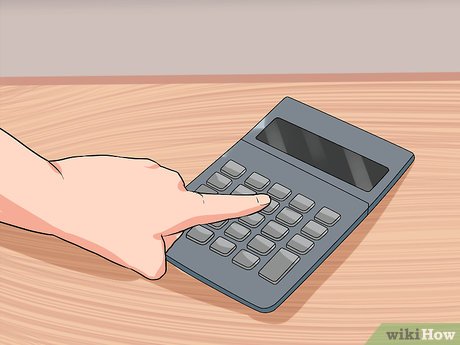
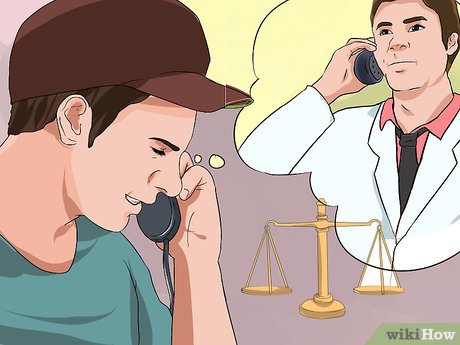
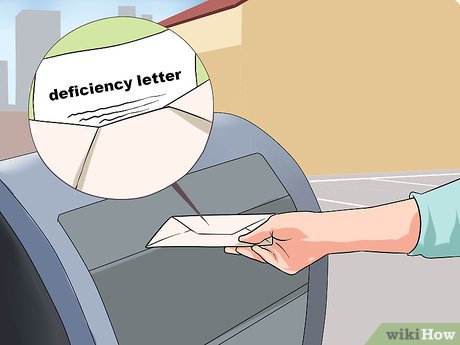
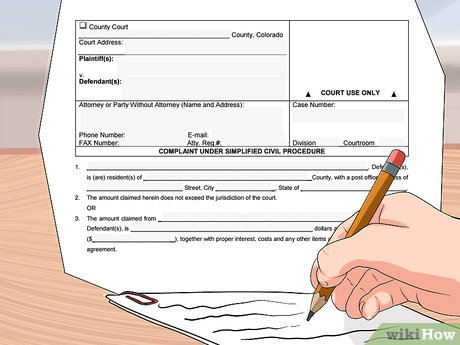
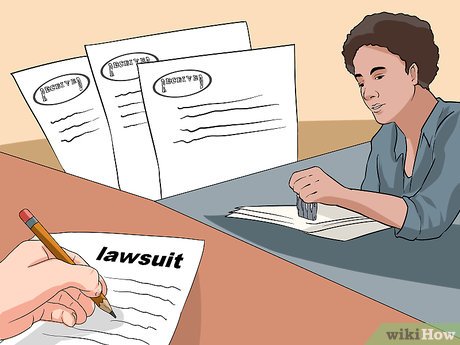
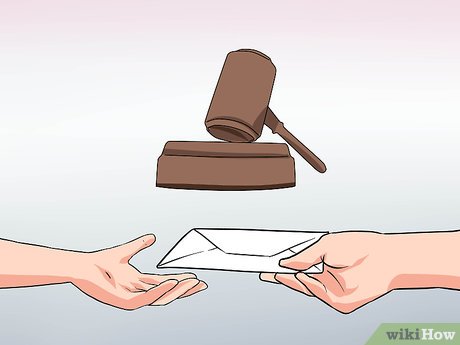


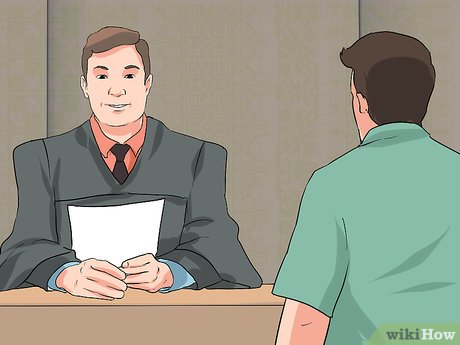








 How to Defend Yourself in a Car Repossession Deficiency Claim
How to Defend Yourself in a Car Repossession Deficiency Claim What is the risk of magnesium deficiency?
What is the risk of magnesium deficiency? Health risks of Vitamin B12 deficiency
Health risks of Vitamin B12 deficiency When your body gets serious calcium deficiency
When your body gets serious calcium deficiency Find inspiring user interface design with Collect UI
Find inspiring user interface design with Collect UI Warning signs that you are lacking Vitamin D
Warning signs that you are lacking Vitamin D